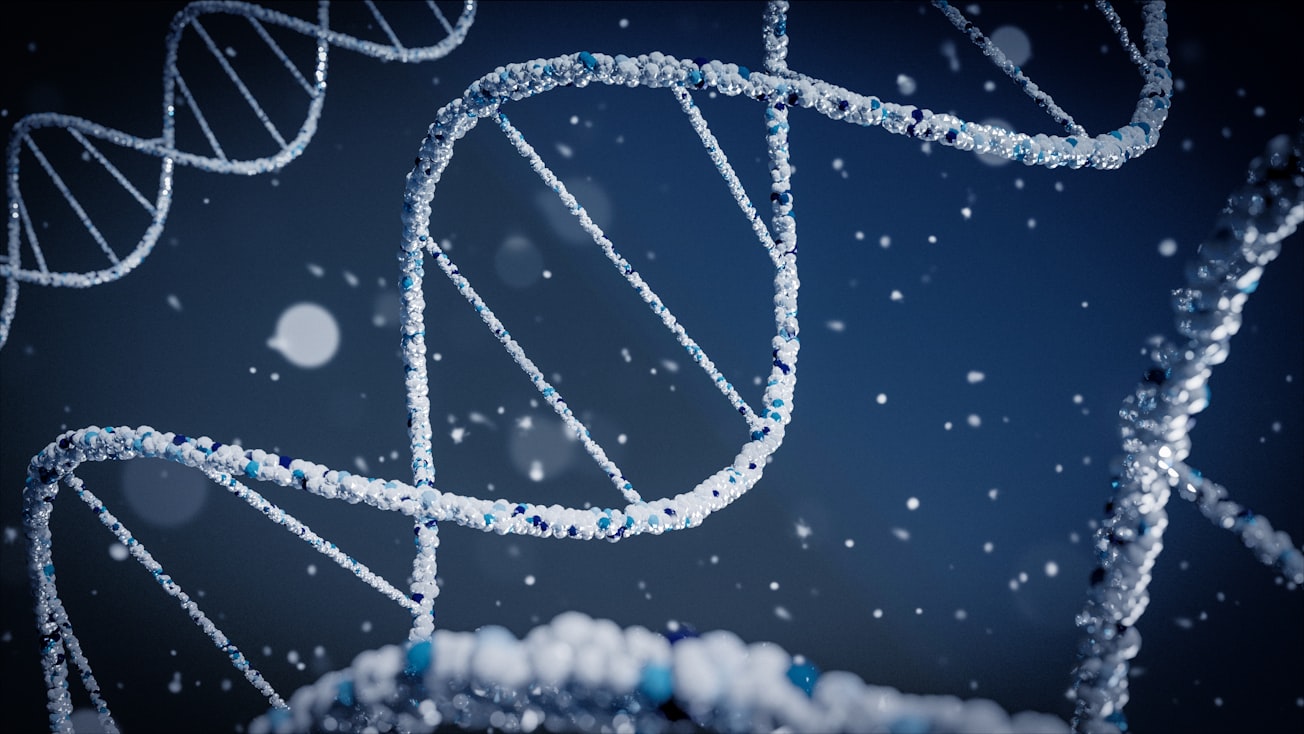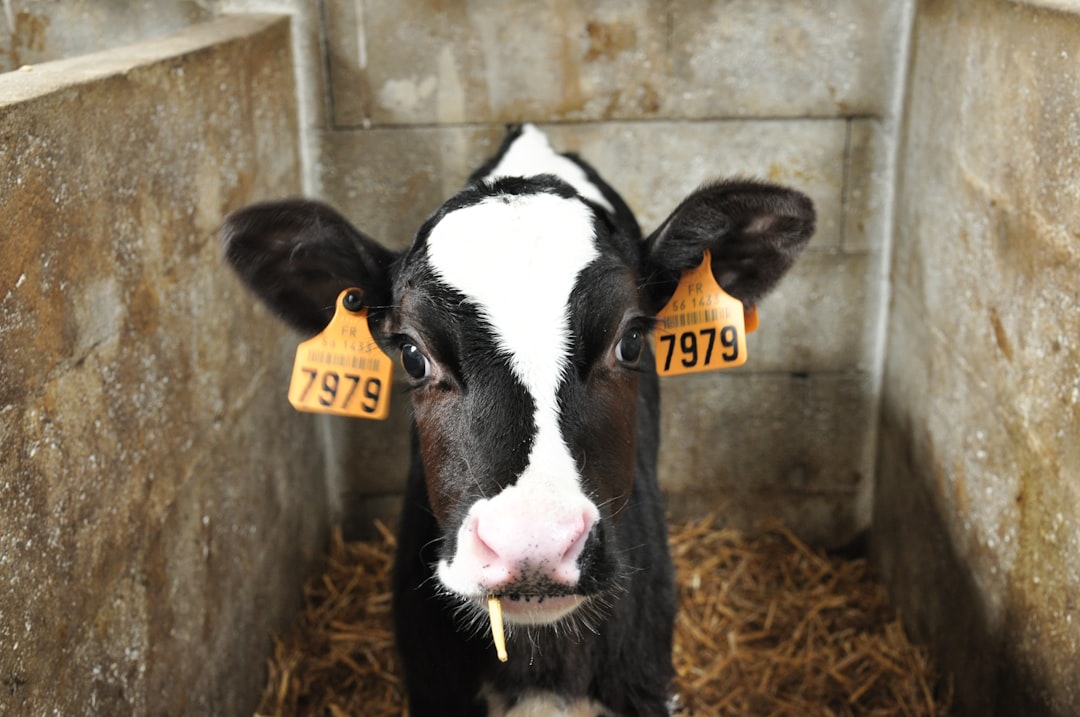What is it about?
Susceptibility or resilience to disease is typically a combined consequence of genetic vulnerabilities that succumb to largely undefined environmental exposures or stressors. Few organismal systems exemplify the essential balance between genes and the environment for survival more than dopamine neurons. Using the nematode Caenorhabditis elegans to model dopamine neurodegeneration, this paper describes a functional convergence of dopamine reuptake with double-stranded (ds) RNA transport via the regulation of a single evolutionarily conserved gene product. TNK2, in which genomic variants are associated with Parkinson's disease. Validation of the significance of this pathway for mammals is also provided using chemical modulators of TNK2 levels and activity, in the context of dopamine neurotoxicity in rat primary neuron cultures.
Featured Image

Photo by Braňo on Unsplash
Why is it important?
This research defines a new molecular etiology for Parkinson's disease that integrates the tight regulation of dopamine levels with the control of gene silencing by small RNAs, a primary epigenetic means through which environmental influences on gene expression are manifested. Additionally, this paper functionally annotates human genomic variants previously identified in patients to provide a molecular mechanism by which these changes lead to neurodegeneration. This highlights the preclinical utility of invertebrate model systems to accelerate discovery and yield actionable information to advance targeted therapeutic strategies to the clinic.
Perspectives
I am proud that every author on this paper, including two M.S. degree recipients, four undergraduates, two collaborators and myself are all from our institution and the work is the 7th PNAS paper resulting from our group. Seeing one's "eureka moment", nucleated 7-years ago and now transcribed in "print" , is deeply satisfying when remembering all of the challenges we have personally and collectively endured in the interim. May this research serve as a reminder of the resilience of humanity, and how investments in science are our greatest chance to sustain it.
Guy Caldwell
University of Alabama
Read the Original
This page is a summary of: Integrated regulation of dopaminergic and epigenetic effectors of neuroprotection in Parkinson’s disease models, Proceedings of the National Academy of Sciences, February 2023, Proceedings of the National Academy of Sciences,
DOI: 10.1073/pnas.2210712120.
You can read the full text:
Contributors
The following have contributed to this page










